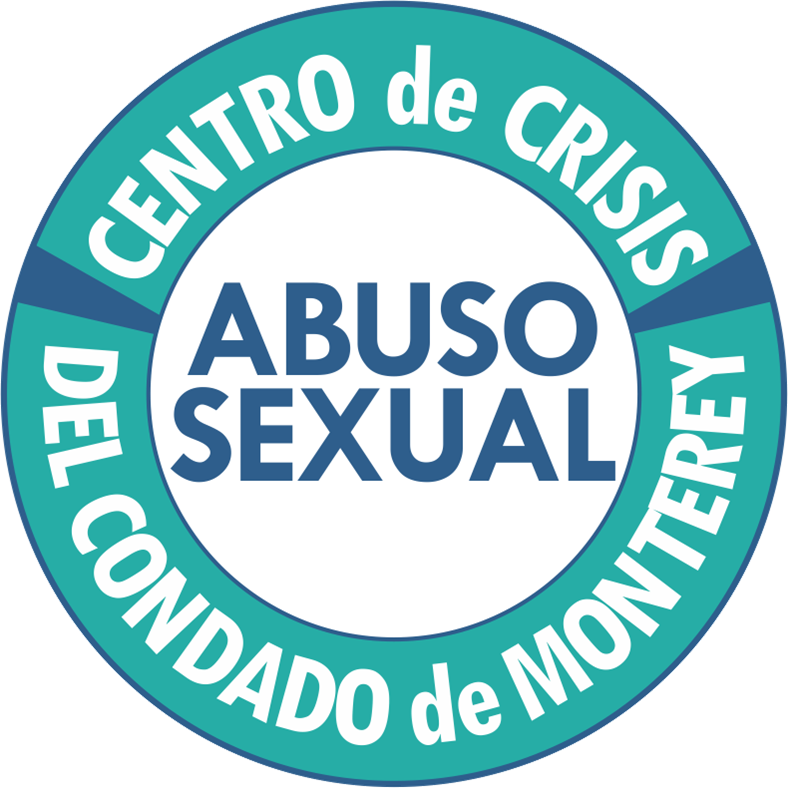Talking About Safe Touches
Written by Herminia Cervantes, Child Abuse Prevention Program Coordinator
The Maxine Waters Act of 1984 mandates Child Abuse Prevention Education for public school children at four points in their school careers. For over twenty years, the Monterey County Rape Crisis Center has been providing Child Abuse Prevention programs to students on the Monterey Peninsula and over 10 years in Salinas and South County. As prevention educator, my job involves going around elementary schools in both Salinas and South County to talk to children about good and bad touches in order to prevent abuse and give children an outlet if something is happening to them. While this job is important, one of the best things parents and family members can do to prevent child sexual abuse is have regular conversations at home about safe touches regardless of the child’s age or gender. Although talking to children about sexual abuse might be difficult, stressful or uncomfortable, it is never too early to start the conversation. Below are some that can be used in order to help get these conversations started:
Spend Time with your Children: Working. Cleaning. Projects. Homework. There are many things that can get in the way of spending time with children. While iPads, Netflix, and video games may seem like a great babysitter, nothing is more important than having parents be present. By making time with children, they will not only feel they are important and listen to but they learn that they can trust you and will be more likely to come to you in the future.
Good and Bad Touches: Start off telling children that there are different kind of touches and give them examples. For instance a good touch can make someone feel happy or loved and it can be like a high five or a handshake. A bad touch can make someone feel angry or sad. Examples of bad touches include hitting, kicking and pushing. Sometimes, children can feel uncomfortable, like when they get a hug from someone they don’t know or someone they don’t remember and these are confusing touches. Remind children that they can SAY NO to a touch that makes them feel sad or uncomfortable and to always tell a trusted adult like a parent, teacher, or grandparent.
Private Body Parts: Remind your children that there may be parts of their body that are OK to see but there are also parts of their body that are private and that no one can see them unless it is to keep them clean or healthy and give them an example of what that might look like. For example, only the doctor can see or touch private body parts to make they are healthy with a parent present in the room. If they have a baby brother or sister, they might need help taking a shower and a parent or another family member might have to help them.
Secrets and Getting in Trouble: Many times, children who are being abused are told to keep things a secret or that if they tell, they will get in trouble. Teach children at a young age to not keep secrets from you, especially if someone is hurting them and remind them that they will not be punished or get in trouble for sharing a secret.
Continue the Conversation: As children get older, continue to talk about good and bad touches, secrets, and talking with you. Encourage children to talk to you about school, friends, or even shows they are watching or games they are playing. Sitting down and doing an activity they enjoy, like watching a movie or T.V. show can help with building trust and it will give more opportunities to talk them about staying safe.


